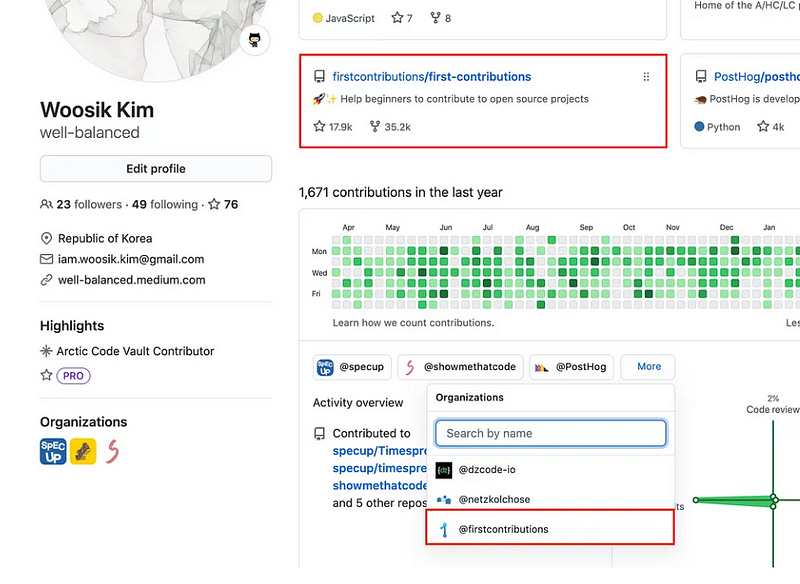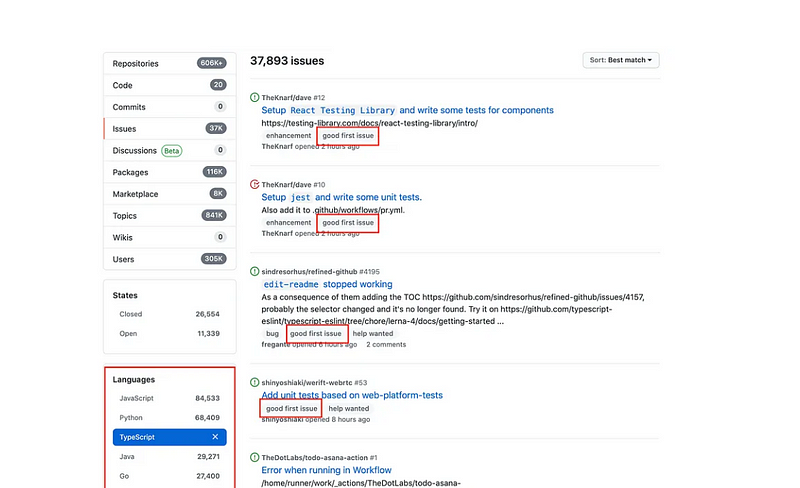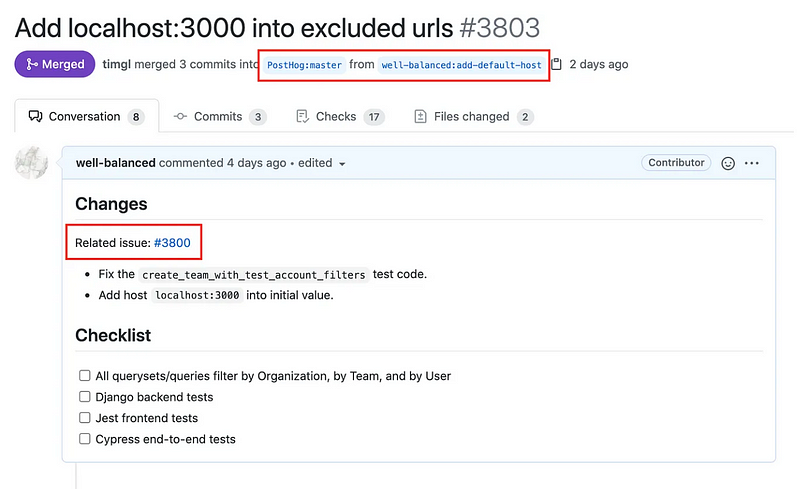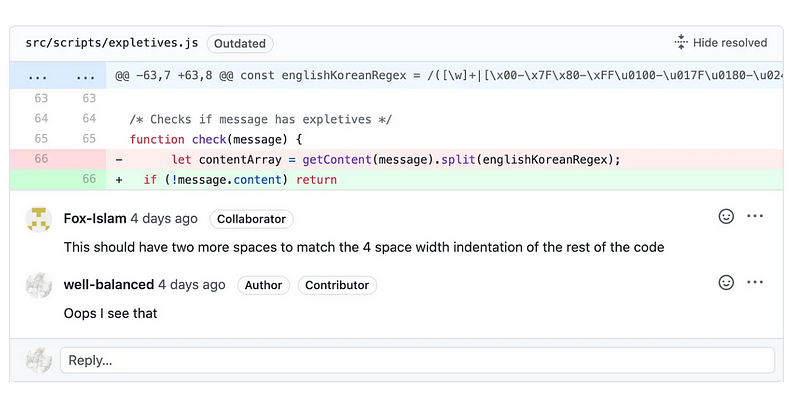Contribution to Open Source Projects
A Guide to Enhancing your GitHub Profile

Introduction 😀
GitHub has been incredibly valuable to me. As a non-CS major preparing for a job, I had little to show except my GitHub profile and the descriptions of my repositories. My hard work on GitHub ultimately helped me land a job, validating the effort I put into it.
After updating my profile picture, filling out profile information, and diligently contributing to repositories, my GitHub page looked more appealing. However, I felt it still lacked a bit of professionalism. To enhance my profile, I decided to contribute to open-source projects.
Contributing to open-source projects not only makes your GitHub profile more attractive but also offers various benefits:
- It can serve as a valuable addition to your resume
- You gain experience in communicating with a diverse range of people
- You learn by reading and understanding the code written by skilled developers
While you also read and write a lot of code at work, there’s a little of difference. Company codebases often have compromises due to time constraints and business requirements. Additionally, because this code isn’t publicly visible, it may sometimes be of lower quality.
Although contributing to open source can be challenging, this guide aims to share practical tips and personal experiences to help you take your first steps.
If you’re not familiar with the flow of contributing to open source, check out firstcontributions, which provides tutorials for beginners.

Finding Open Source Projects to Contribute To 🧐
First, you need to find an open-source project to contribute to. This can be the most daunting task for beginners. However, using GitHub’s advanced search can ease this burden.
Using Advanced Search
Go to GitHub’s advanced search and use the good first issue label to find beginner-friendly issues. Select a repository that matches your preferred programming language and start exploring.

Persistence is key. Even if it takes time, keep looking for issues where you can contribute.
Getting Assigned to an Issue 😇
Once you find an issue you want to tackle, comment on the issue to ask if you can work on it. This is a good practice and shows respect for the project’s maintainers. They may respond with a thumbs-up emoji or a simple “go ahead.” Once you have permission, you can start coding.
Reading the CONTRIBUTING.md 📑
Before you begin, read the CONTRIBUTING.md file. This file contains guidelines for contributing to the project, including how to create issues, submit pull requests, and follow the project’s coding standards. Each project may have different guidelines, so make sure to follow them closely.
Forking the Repository 🛒

Fork the repository to your GitHub account. This allows you to make changes to the project without affecting the original repository. Clone your forked repository to your local machine and create a new branch for your work:
$ git clone https://github.com/your-username/repository-name.git
$ cd repository-name
$ git checkout -b your-branch-nameSetting up the development environment 🔥
Most porjects have a README.md or CONTRIUTING.md file with instructions on setting up the development environment. Follow these instructions to build the project and start working on the issue.
If you encounter issues during setup, don’t hesitate to ask the project maintainers or other contributors for help. Reporting setup issues can also be a valuable contribution.
Creating a Pull Request 🤝
Once you’ve completed your changes, commit them to your branch and push the branch to your forked repository:
$ git add .
$ git commit -m "Fix issue #issue-number: brief description of the fix"
$ git push origin your-branch-nameGo to the original repository on GitHub and create a pull request (PR) from your branch. Provide a clear description of the changes and link the issue number in your PR description.

Merging Your Contribution 🎉
Your PR will be reviewed by the project maintainers. They may request changes or ask questions about your code. Be patient and responsive during this process. Address any feedback and update your PR as needed.

Once your PR is approved, it will be merged into the main codebase. Congratulations, you are now a contributor to the project!
Conclusion 🤗
Contributing to open source is a rewarding experience that offers personal growth and satisfaction. Whether for career advancement or the joy of collaboration, contributing to open source projects enriches your development journey.
I encourage you to start contributing today and experience the gratitude and appreciation from the community. Happy coding!



